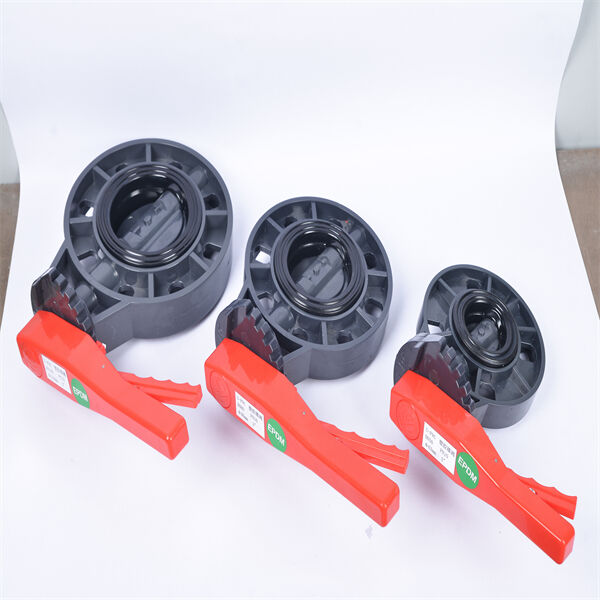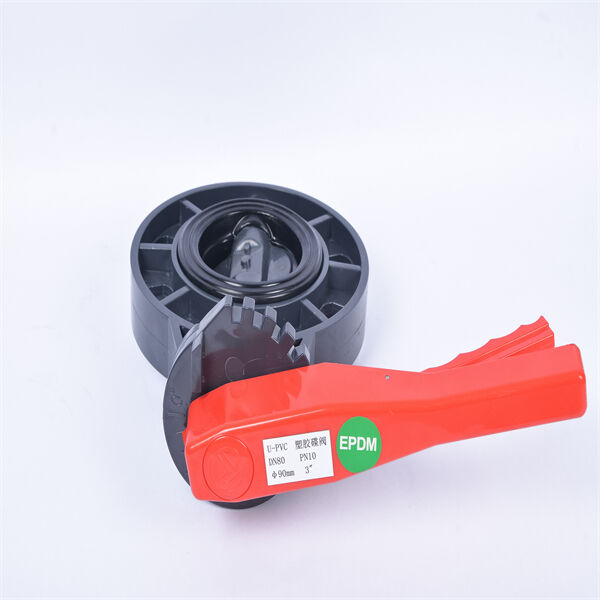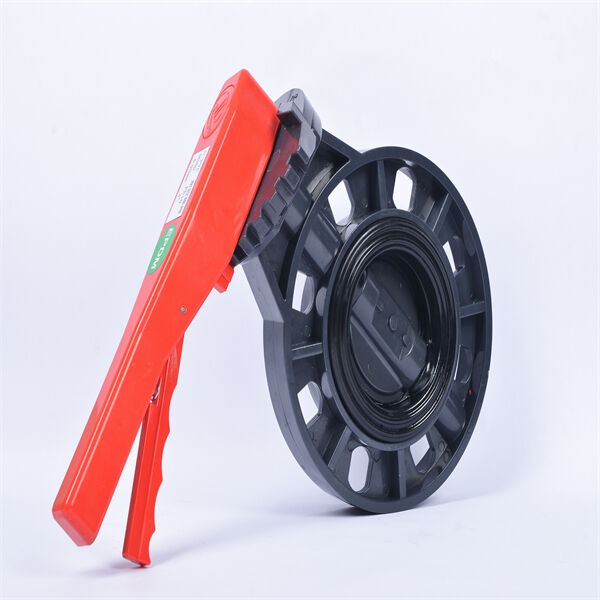These are important components of machines and equipment utilized in factories, and handle butterfly valves, specifically, are among these components. These valves are used to regulate the flow of liquids or gases in a secure, efficient manner. Today we learn everything about handle butterfly valves and how to apply correctly.
A handle butterfly valve is one type of valve used to control the flow of liquids or gases in a pipe. It consists of a round disk or plate that has a handle which can be turned to either open or close the valve. When you turn the handle, the disc either turns with the flow, allowing it to pass through, or turns against the flow, blocking it.
The handle butterfly valves come with a number of superior qualities that make them prefer in factories. They are lightweight, simple to install and require a little maintenance. They have simple designs that allow for quick, smooth use. The butterfly valves are also cost-effective and can also tightly isolate fluids.

For a handle butterfly valve, clockwise = closed, counterclockwise = open. Be sure to crank the handle slowly, or you risk breaking it. Maintaining a handle butterfly valve0194 1) Regular Inspection. Keep the valve functioning smoothly by cleaning it and applying lubricant if needed.

Here are a few reasons why go for a handle butterfly valve over others. They are small and light, which gives them great installation and mobility. They allow for rapid opening and closing, so they are able to precisely regulate the flow. Handle butterfly valves have also multifunctional both used for many applications factories.

Handle Butterfly ValvesSometimes, handle butterfly valves can have issues, such as leaks, rust, or damage to the handle. It suggests that ======== To troubleshoot these issues, first inspect the valve for signs of wear or damage. Inspect the sealing surfaces for leaks and repair where necessary. If the handle is broken, it may need replacing.
Our professional sales team are waiting for your consultation.